11
DURING THE SUMMER that followed second grade, I saw Matthew nearly every Saturday. My mother would drive me to Mrs. Barber’s shop in the morning and leave me there for the day. At noon, Matthew and I would eat lunch upstairs, where he and his mother lived, and after lunch we would walk to the Babbington Theater, which was only a block and a half down Main Street, for the Saturday matinee.
Throughout that summer, the theater ran a series of animated cartoons before the feature. These cartoons starred two remarkable hippos. One was a kind and pleasant-looking sort, grandfatherly and a little stodgy, who drew animated cartoons for a living. This hippo was never named, but I used to think of him as Happy, because he seemed quite content and generally unruffled. Each episode began with Happy Hippo at his drawing board, puffing on his pipe and working on a fresh ink drawing of his lead character, a younger, comical, bumbling, and mischievous hippo who was also unnamed, but should have been called Hapless. As soon as Happy had drawn him, Hapless began to romp around the drawing paper, and the adventure got under way. Whatever his adventure might be in any one episode, it shared with all the others some features worth noting.
1. All the difficulties that Hapless fell into were concocted by Happy. It was he who drew the cliffs that Hapless fell over, he who made doorways too small for Hapless to get through, he who made Hapless’s roof leak.
2. We were continually reminded that Hapless was a cartoon character made of ink. Sometimes, when Hapless was in a tight spot, his face drooped sadly, and then his body began to droop, and he slowly ran down into a puddle. Then from this puddle he emerged in a new form. In fact, although he began each episode as a hippopotamus, he spent most of the time in other forms, and he returned to being a hippopotamus only at the end. Often he was a chubby man in a derby hat who drove a ridiculous little car. When Hapless, as the chubby man in the derby hat, was stuck in a traffic jam, for example, he and his ridiculous little car melted into an inky puddle, and then a balloon rose from the puddle and suspended below it was a basket, in which Hapless drifted above the traffic. Of course, an enormous hawk was soon pecking at the balloon and in a minute or two Hapless was falling toward earth at his wit’s end.
3. When Hapless really got into trouble, he appealed to Happy for help. In the basket dangling below the deflated balloon, for instance, when he was so beside himself with fear that he couldn’t think of a metamorphosis that would save him, he got down on his knees and clasped his hands together and looked out toward us with a beseeching look. As if a camera were drawing back, the image of Hapless receded on the screen, and we saw the edges of the drawing paper, then the drawing table, Happy’s workroom, and finally Happy himself, chuckling, amused by the predicament that Hapless had gotten into.
4. Sometimes, Happy simply picked up his pen and drew some help for Hapless. When Hapless was falling in the basket of the deflated balloon, Happy drew a kindly herring gull who swooped out of the corner of the page and plucked Hapless from the basket. (Later, however, the herring gull set Hapless down in another pickle. As I recall, the gull deposited him on a tiny desert island.)
5. At other times, Happy helped Hapless by drawing a likeness of himself on the paper, joining Hapless in his adventure or misadventure. Whenever he did so, he at once became as inept as Hapless, and both of them were soon up to their necks in trouble. Happy, however, always had an out. He would draw a sheet of drawing paper around the source of their trouble—a charging lion, say—and then draw a drawing table and so on, until he had reproduced his workroom on the paper, with the predicament trapped within the edges of the new piece of drawing paper, while he and Hapless were safely outside it. Then he and Hapless would shake hands, and Happy would wink at the viewer, and the cartoon would be over.
6. And at still other times, Happy helped Hapless by drawing for him a bottle of ink and a pen. Hapless would grab the pen, dip it in the ink, and quickly draw something to help himself. Invariably, the devices that Hapless created to help himself turned out to be two-edged swords. In one episode, Hapless, a bumbling cowhand at the time, was being pursued by a charging herd of cattle. Happy drew him a bottle of ink and a pen, and Hapless drew a door in the middle of the Western vista. He opened the door, stepped through it, slammed it, and left the herd of cattle behind. He wiped his hand across his forehead, wiping away the sweat of fear, and breathed a sigh of relief. Then he looked around and saw that he was standing on a tiny platform over a bayou full of snapping alligators.
Have you missed an episode or two or several?
You can begin reading at the beginning or you can catch up by visiting the archive or consulting the index to the Topical Guide.
You can listen to the episodes on the Personal History podcast. Begin at the beginning or scroll through the episodes to find what you’ve missed.
You can ensure that you never miss a future issue by getting a free subscription. (You can help support the work by choosing a paid subscription instead.)
At Apple Books you can download free eBooks of “My Mother Takes a Tumble,” “Do Clams Bite?,” “Life on the Bolotomy,” “The Static of the Spheres,” “The Fox and the Clam,” “The Girl with the White Fur Muff,” and “Take the Long Way Home,” the first seven novellas in Little Follies.
You’ll find an overview of the entire work in An Introduction to The Personal History, Adventures, Experiences & Observations of Peter Leroy. It’s a pdf document.





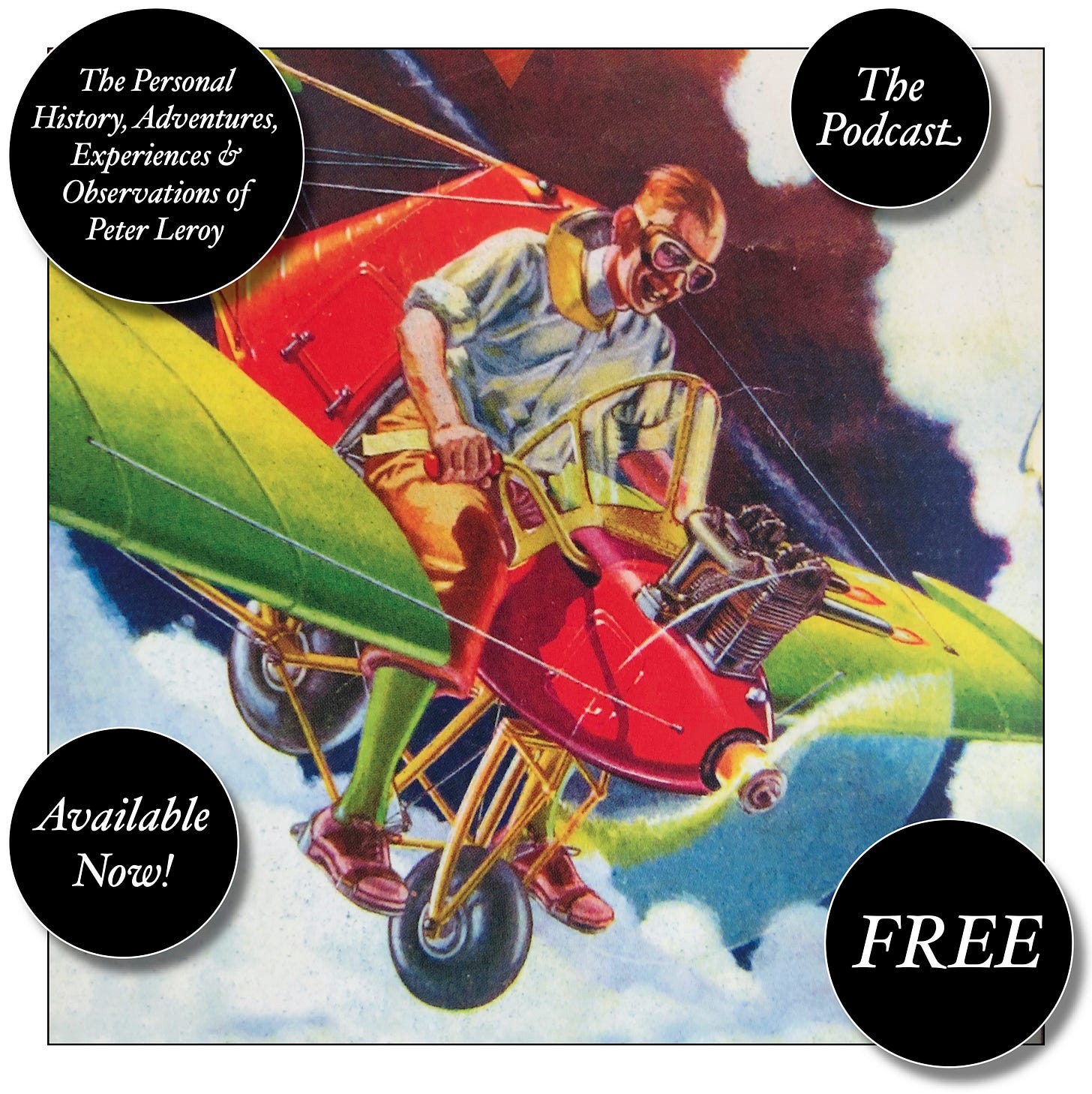

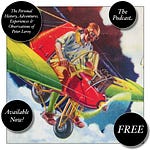
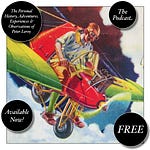

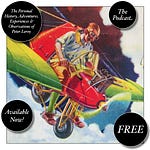



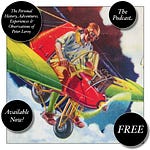
Share this post